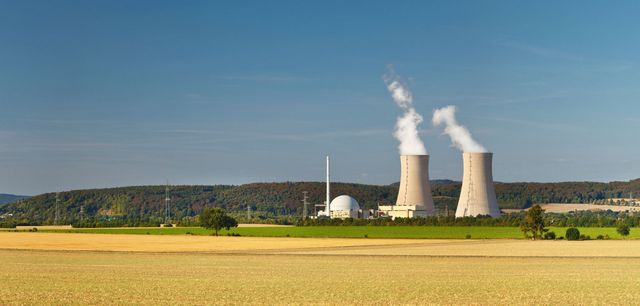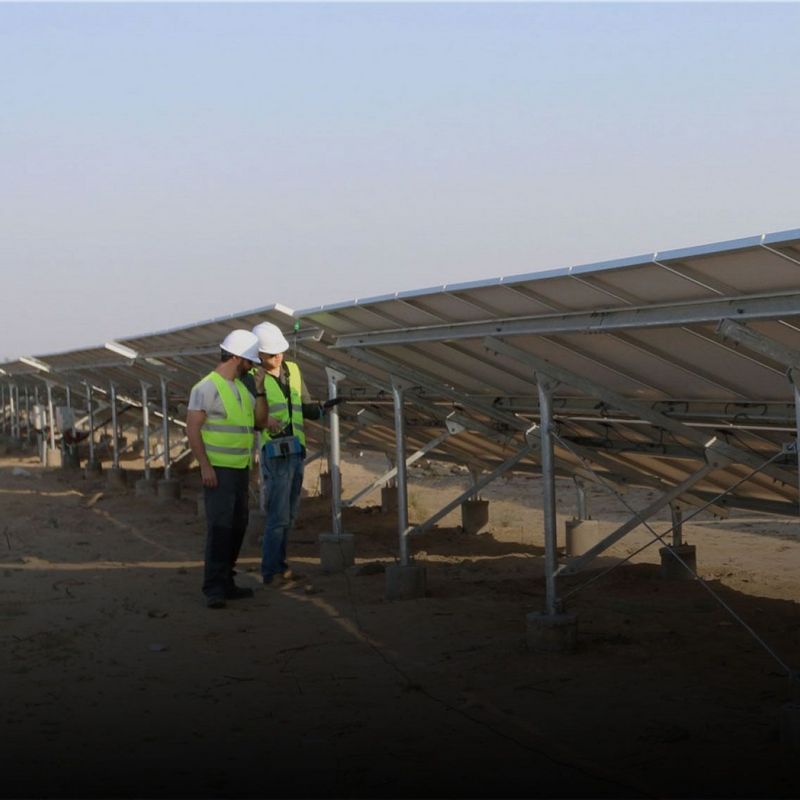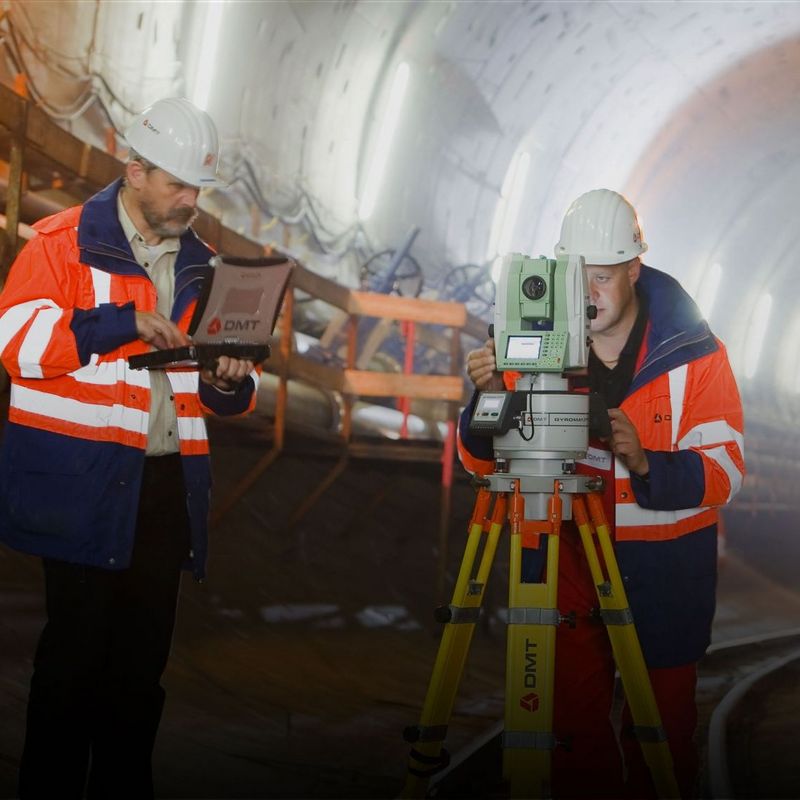8 September 2016
At the end of 2022 the last nuclear power plant in Germany will be decommissioned. The challenge will then shift from safe operation toward safe decommissioning, dismantling and disposal.
This requires a lot of specialist knowledge. As an expert organisation in safety technology, TÜV NORD remains, as it has long been, a partner to the licensing and regulatory authorities for the entire lifecycle of nuclear plants – and this brief will now extend to the point at which the site is restored to a green field after successful decommissioning and dismantling. Lubmin, once the largest nuclear power plant in the GDR, is the biggest nuclear decommissioning project in Germany today. The announcement that the plant was to be closed came directly after the fall of the Berlin Wall. Since 1995, employees of TÜV NORD have been providing technical support in the decommissioning process. Lubmin is an example of the fate awaiting all German nuclear power plants in the coming years; the agreed phase-out of the use of nuclear energy envisages the shut-down of the last power plant by no later than 2022.
Two strategies: now or later
According to the Atomic Energy Act, the choice is basically between two approaches of decommissioning – immediate dismantling or safe enclosure. With immediate dismantling the operator starts to dismantle the nuclear plant right away. With safe enclosure the nuclear power plant is placed in a nearly maintenance- free state for a longer period of time, and the final dismantling operation is postponed until later.
“As things stand, operators in Germany generally go for direct dismantling,” says Heinz-Walter Drotleff, head of project decommissioning, dismantling and disposal in the nuclear technology division of TÜV NORD and a member of the disposal commission which advises the Federal Ministry of the environment in all aspects of decommissioning and disposal. “The advantage of this approach is that, when it comes to decommissioning, you can call on the existing experience and expertise of the staff gained from the operation of the plant. What’s more, all the technical requirements and methods for the immediate dismantling of nuclear installations are already on hand, as is sufficient experience, so that, in most cases, there’s no safety advantage to be gained from safe enclosure.”
TÜV NORD gives the authorities expert support
Before the dismantling of a nuclear plant can begin, extensive approval procedures must be negotiated. The bodies responsible for granting permissions and for overall supervision are the authorities from the respective federal states, which in turn commission expert organisations such as TÜV NORD with the tasks of expert appraisal and ongoing monitoring. Drotleff: “As experts in safety technology we audit for compliance with the relevant rules and regulations and investigate whether the plans of the operator comply with the current state of the art of science and technology. In their regulatory decisions the authorities rely on our reports and statements.”
© Volkmar BaldaufDecades can elapse from the moment of approval of the decommissioning of a nuclear power plant to the final ecological restoration of the site.
99 percent of the material from a nuclear power plant is either not contaminated or can be recycled after a procedure laid down by the authorities with the intention of demonstrating that the material is not in breach of maximum permissable contamination values. Drotleff: “A great deal of testing and monitoring work is required to adequately separate the material flows. Steps must be taken to ensure that no undue mixing takes place and that the radioactive substances reliably make their way into the appropriate radioactive waste pile. Also needed is reliable evidence that the contamination levels of substances in the predominant mass flow are actually below the clearance levels of the Radiation Protection ordinance and can be removed from regulatory control under the Atomic Energy Act.”
In Germany, radioactive waste products are differentiated into two basic categories according to their concentration of radio nuclides and their heat generation due to radioactive decay. The final repository for non-heat-generating waste is to be the Konrad final disposal facility, which is currently being built and, according to current plans, will be completed in 2022. Over 99 percent of the total activity of a nuclear power plant is concentrated in the spent fuel or the waste generated by reprocessing. For this waste stream of heat-generating waste materials, which is significantly smaller by volume, a nationwide process has recently been launched to find a suitable site for a final disposal facility. Drotleff: “As this process and the subsequent exploration and construction of the repository will take several decades, the safe storage of spent fuel and high-level radioactive waste is a challenge that we will have to face for at least 50 to 100 years.”
The issues surrounding the dismantling of nuclear installations and the disposal of radioactive waste are set to provide engineers and technical expert organisations in Germany with major and challenging fields of work for many years to come. Heinz- Walter Drotleff: “We at TÜV NORD are streets ahead in Germany when it comes to this kind of expertise, but this know-how in increasing demand in other countries as well. this offers interesting market opportunities for TÜV NORD.”
YOU MAY ALSO LIKE
ENERGIEWERKE NORD
Latzower Straße
17509 Rubenow
INFO CONRAD
Chemnitzer Str. 27
38226 Salzgitter-Lebenstedt



